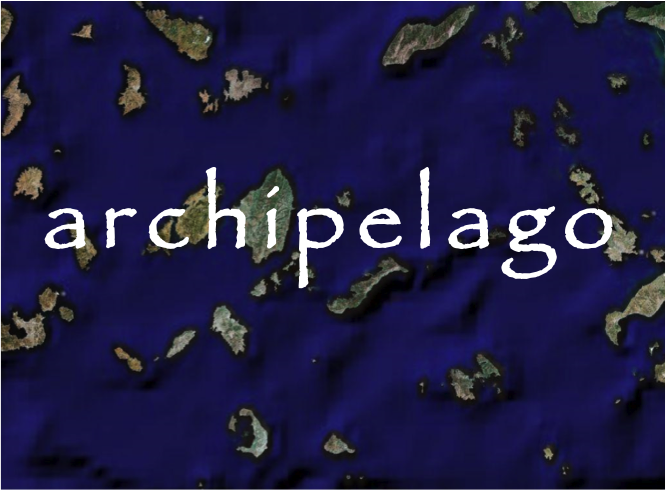Archipelago

Archipelago: trading address space for reliability and security
Memory errors are a notorious source of security vulnerabilities that can lead to service interruptions, information leakage and unauthorized access. Because such errors are also difficult to debug, the absence of timely patches can leave users vulnerable to attack for long periods of time. A variety of approaches have been introduced to combat these errors, but these often incur large runtime overheads and generally abort on errors, threatening availability.
Archipelago is a runtime system that takes advantage of available address space to substantially reduce the likelihood that a memory error will affect program execution. Archipelago randomly allocates heap objects far apart in virtual address space, effectively isolating each object from buffer overflows. Archipelago also protects against dangling pointer errors by preserving the contents of freed objects after they are freed. Archipelago thus trades virtual address space—a plentiful resource on 64-bit systems—for significantly improved program reliability and security, while limiting physical memory consumption by tracking the working set of an application and compacting cold objects. We show that Archipelago allows applications to continue to run correctly in the face of thousands of memory errors. Across a suite of server applications, Archipelago's performance overhead is 6% on average (between -7% and 22%), making it especially suitable to protect servers that have known security vulnerabilities due to heap memory errors.
Related projects: DieHard, DieHarder, Exterminator
Archipelago: trading address space for reliability and security, Vitaliy B. Lvin, Gene Novark, Emery D. Berger, and Benjamin G. Zorn. ASPLOS 2008